HTC unveiled two new Desire phones today – the HTC Desire 12 and HTC Desire 12+. While the two devices may share the same name, the only thing that really ties the two together is their design. Both phones are constructed with an acrylic glass which pays homage to the liquid surface design of the HTC U11. While that means that the backs of both phones are closely related to a plastic, you won’t have to worry about them shattering if you happen to drop either phone. The streamlines design of the back melds into the front of the phones which feature 18:9 aspect-ratio displays which are protected by 2.5D Gorilla Glass. HTC isn’t yet confirming which color options will be available for the Desire 12 and Desire 12+, but its website does depict the phones in gold, violet and a dark blue/gray.
While the phones look like a million bucks, their specs leave a bit to be desired (pun intended). The HTC Desire 12 is equipped with a quad-core MediaTek MT6739 SoC, with the option for 2GB of RAM with 16GB of storage or 3GB of RAM with 32GB of storage. Both options also support microSD cards up to 2TB. Rounding out the spec list for the Desire 12 is a 5.5-inch HD+ (720 x 1440 pixels) display, 13-megapixel BSI main camera with phase-detect autofocus with an f/2.2 lens, 5-megapixel BSI sensor with an f/2.4 lens for the front-facing camera and a 2730 mAh battery.
The spec sheet of the HTC Desire 12+ fared a bit better with a, octo-core Qualcomm Snapdragon 450, 3GB of RAM, 32GB of storage, microSD card support (up to 2TB), 13MP + 2MP dual camera setup on the back with a portrait/bokeh mode, BSI sensor, LED flash, f/2.2 lens and phase-detection autofocus. The front-facing camera has an 8MP BSI sensor, f/2.0 lens and an LED flash for improved low-light selfies. Its display also sports a resolution of 720 x 1440 pixels, but it’s size has been bumped up to 6-inches and there’s also a 2965 mAh battery inside. One additional feature which sets the Desire 12+ apart from its smaller sibling is its fingerprint sensor which is mounted on the back of the phone.
One key feature we’d like to highlight is that both the HTC Desire 12 and Desire 12+ are equipped with a 3.5mm headphone back. The only problem is that the two phones also feature microUSB connections rather than USB-C. We’re not sure what this means for the upcoming HTC U12+.
In typical HTC fashion, pricing and availability details for both phones have not been shared. The good news is that both devices should be fairly cheap. Based on their specs, the HTC Desire 12 and Desire 12+ will likely sell for less than the HTC U11+ which sells for roughly $300 in the US.




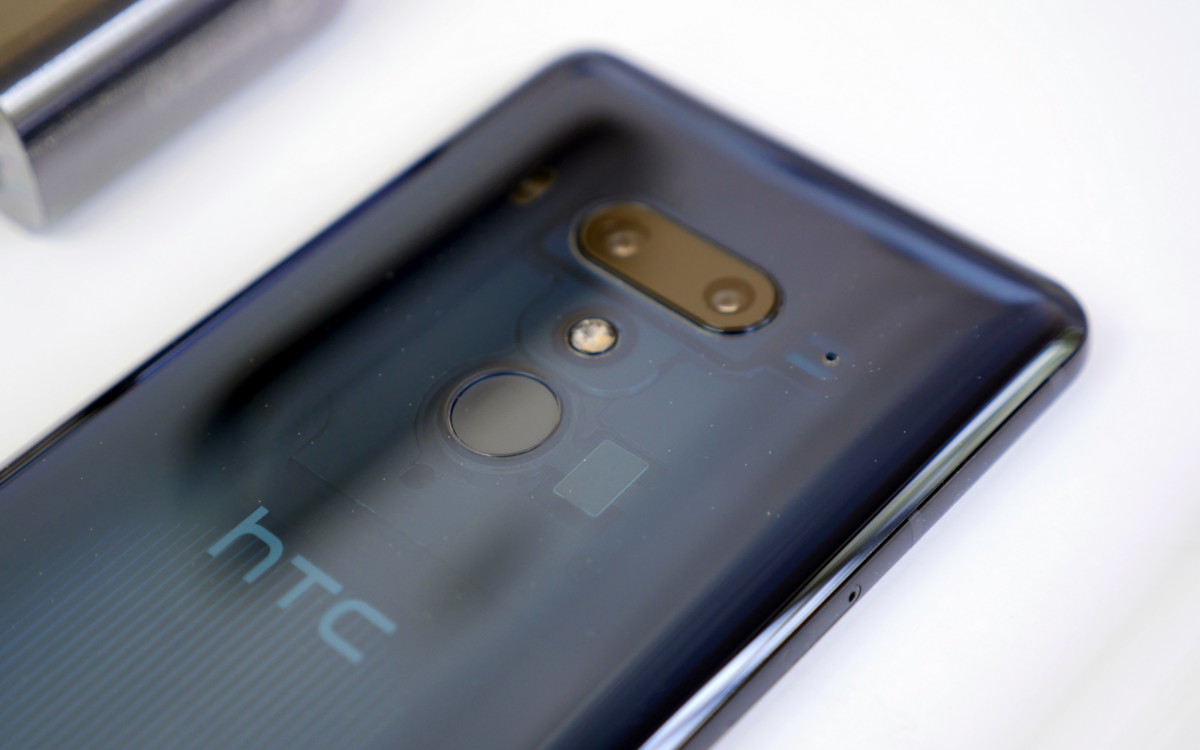
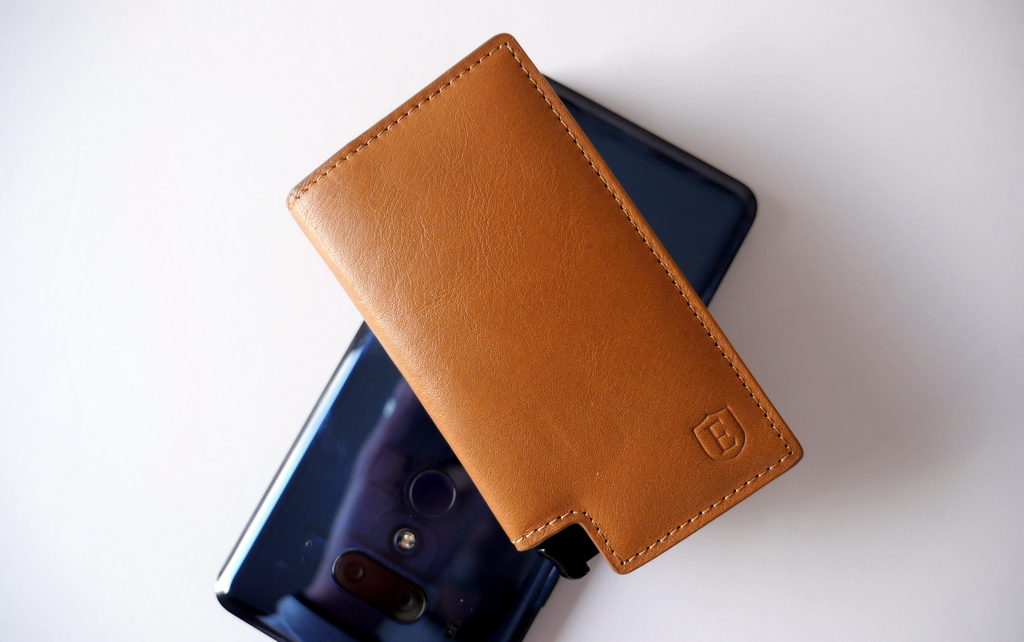

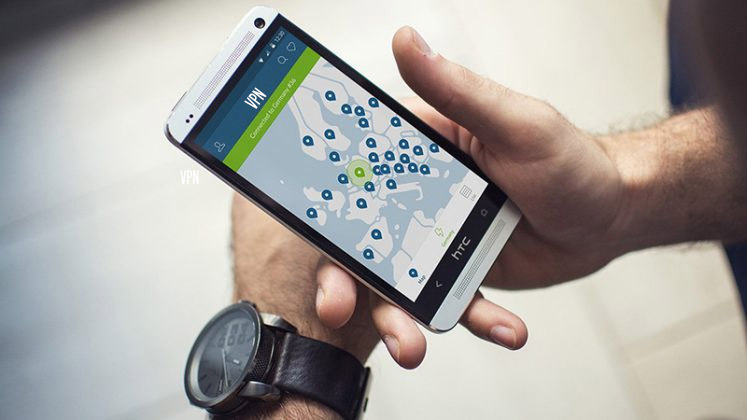
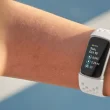

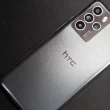
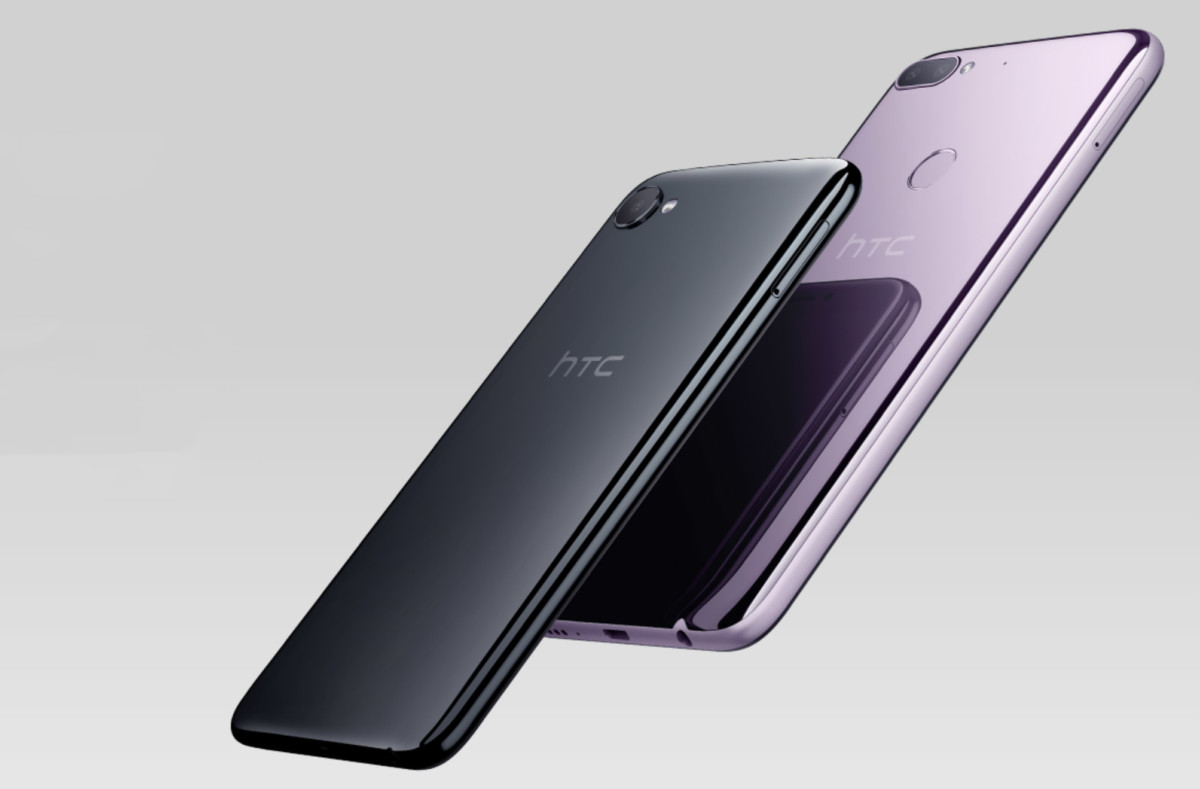
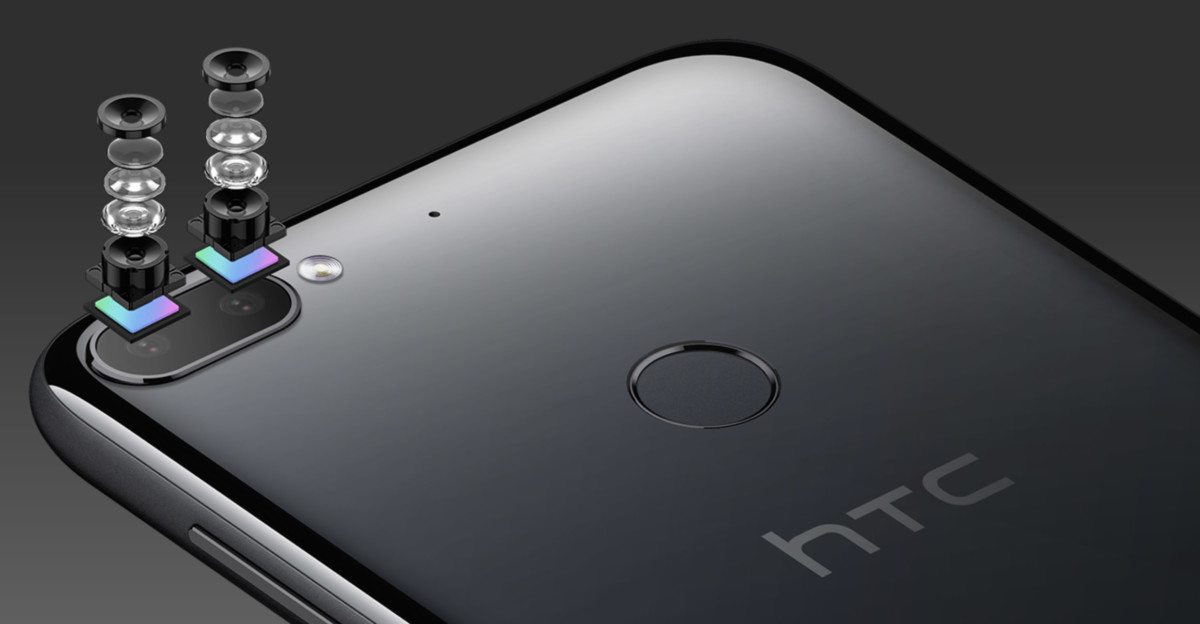



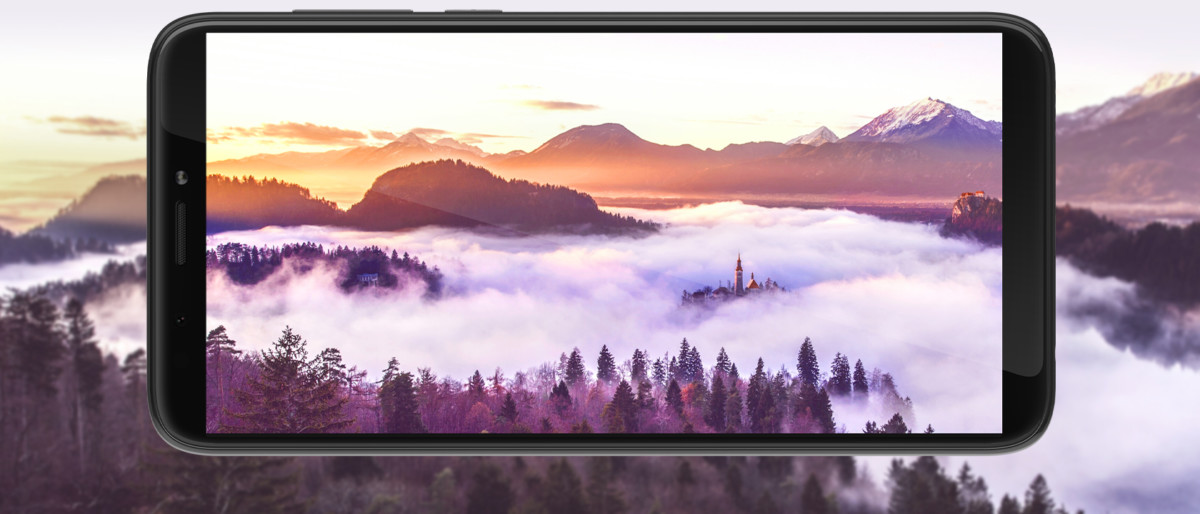
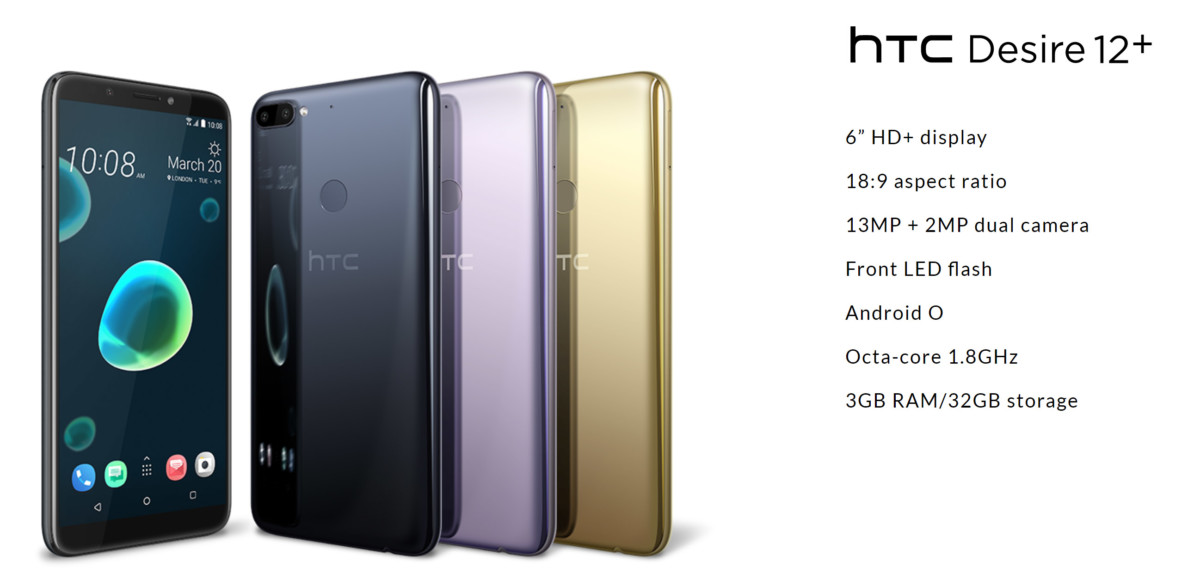


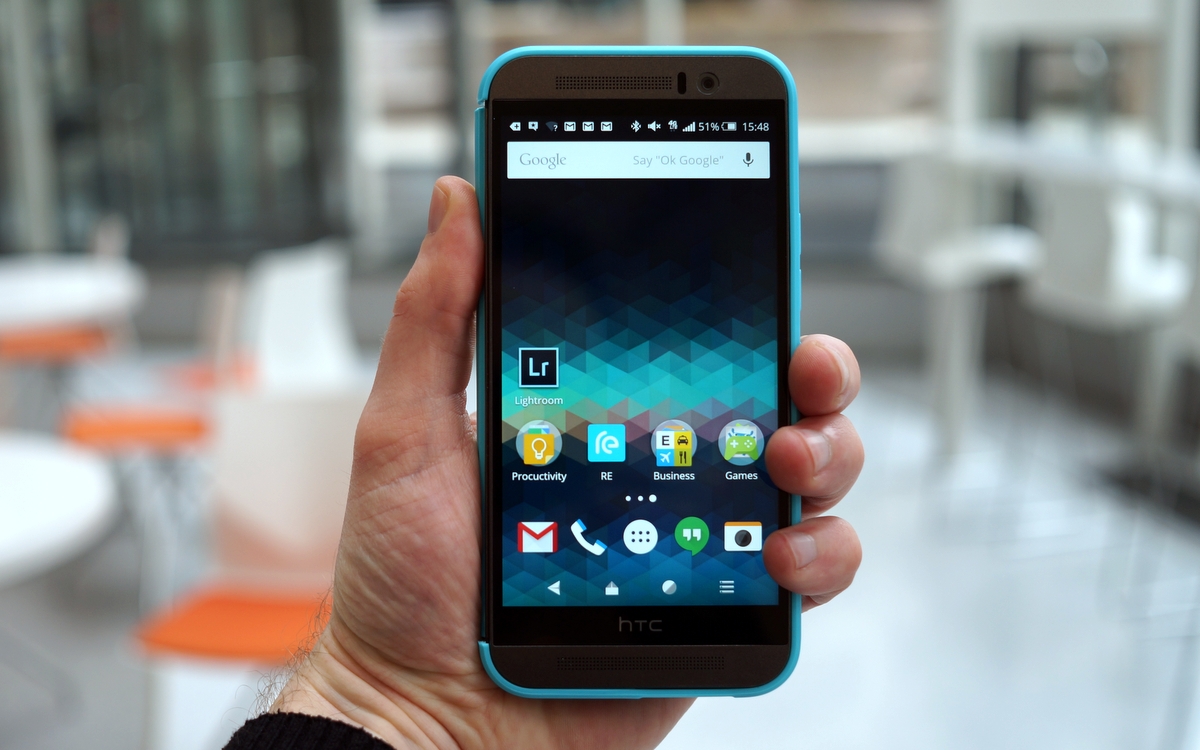
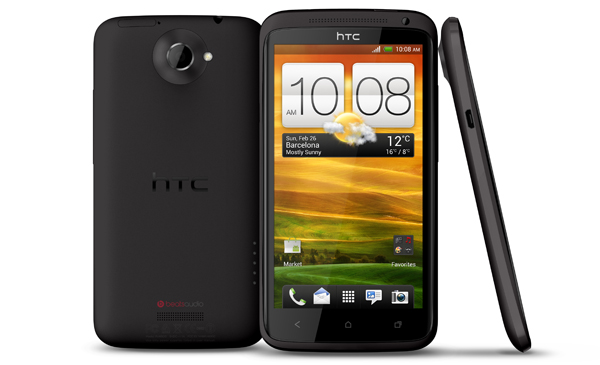
Hmmm – HTC U11+ for $300?

It sells in the UK for around $980 – the HTC U11 Life sells for around $350 in the USA so I assume you are referring to it.
If you do have the HTC U11+ at $300, I’m interested!